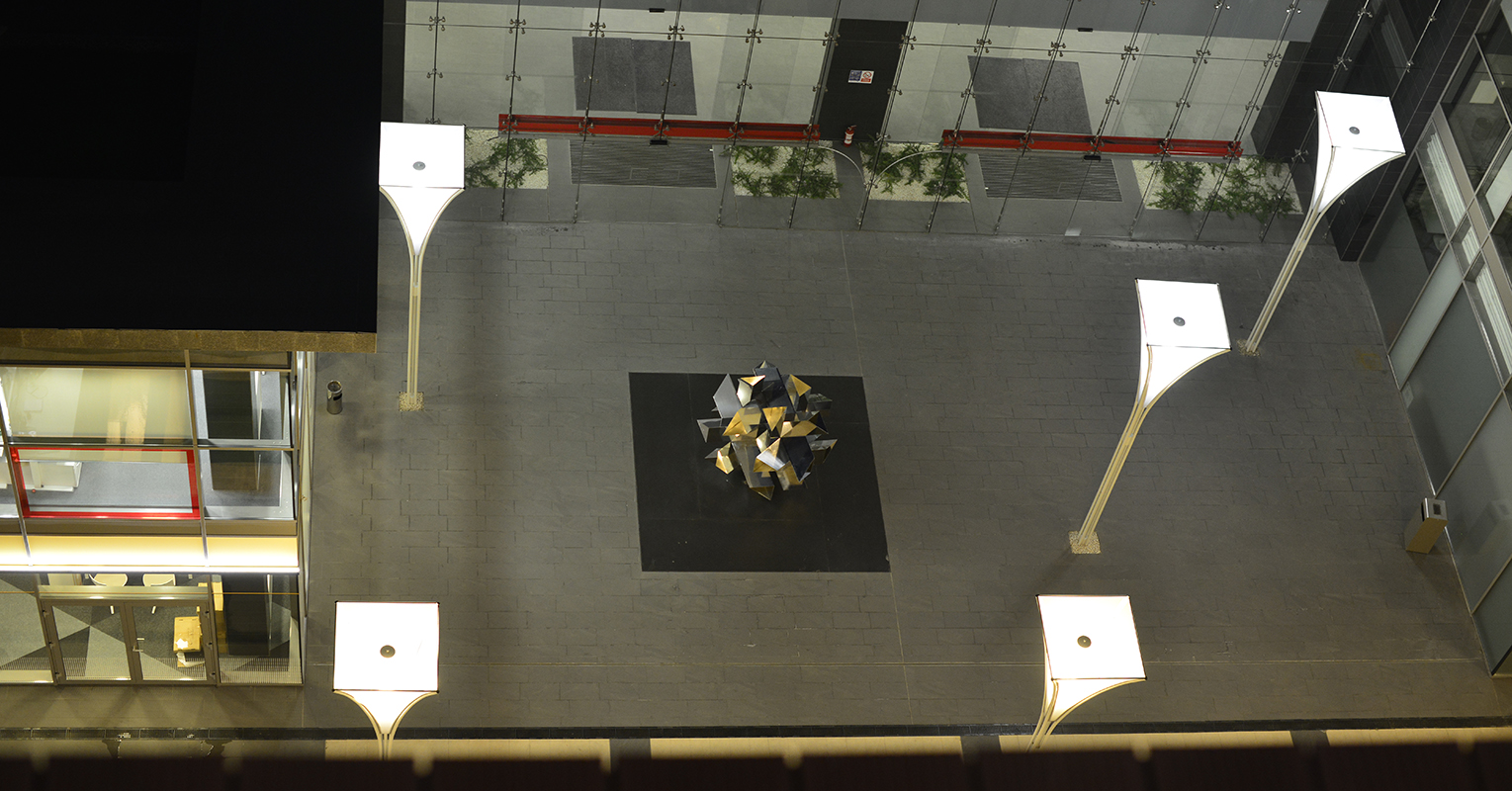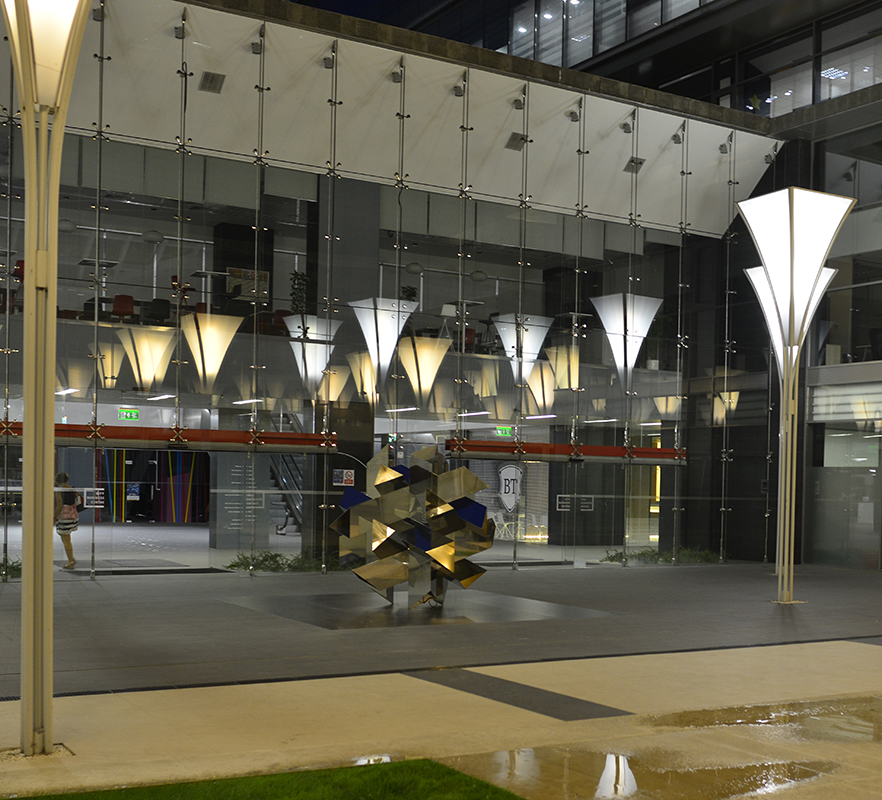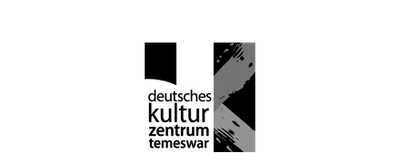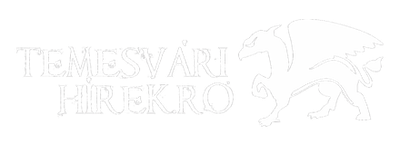Profesia
Pictor
Co-autori
Fundatia Interart Triade
Colaboratori (membri ai echipei):
Sorina Ianovici-Jecza
Colaboratori externi:
ing. dr. Petre Bozac
Location:
City Business Centre Timisoara
Client:
Fundatia Interart Triade
Buget:
6000 Euro
Text de prezentare a lucrării:
TRIGONA, 1974/2015, stainless steel, 300 x 300 x 300 cm
This work is an urban-level transposition of my research in the ‘70’s.
My research was subjected to a generic concept: acquainting the creator with “a secret background where the primordial law fuels every process” (Paul Klee).
In this case, the law emerged, for me, from a question which offered the chance of an “insemination” with the purpose of a formal development, initially unpredictable, but then, a giver of aesthetic surprises, joys and satisfactions.
What sort of 3D spatial development is underlying in the articulation-conjoining of triangular or pentagonal prismatic bars?
Preliminaries
I started with the triangular prismatic bars. The articulation functions determined the form. This determinism was stimulating me. Like some natural phenomena (the combinations of soap membranes, the manner in which bees construct a honeycomb, the formation of clouds, the structure of snowflakes…), my problem was coherently leading me towards one-truth solutions. I needed a creative intelligence which would obey this truth.
Soon, I’d reached a number of conclusions.
My construction intuitions needed a mathematical confirmation. I found it through my collaboration with Dr. Maria Neumann from the West University of Timișoara
The result of this was the publication of a scientific paper by Dr. M. Neumann from the West University of Timișoara in 1979, which was taken over by mathematician Josef Hoschek from Darmstadt (1982)
The title TRIGONA
Initially, the results of this research bore the name of „triangular prism knot”, „triangular prism combinations” or „spatial ensemble of triangular bars. Due to the analogy of the diamond-shaped sides of the diamond-shaped dodecahedron with the cells of the honeycomb, I ended up using the name „trigona”. It is an encounter between the name in geometry and crystallography and that in the world of various species of bees, „minima trigona”.


